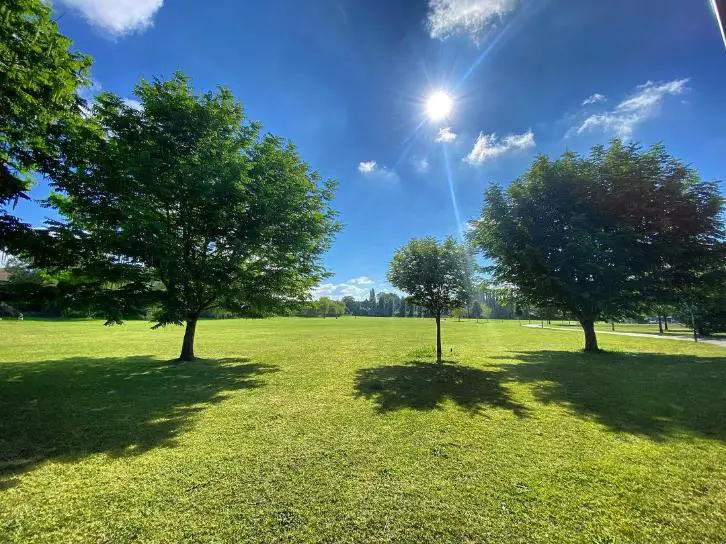From artisanal crepes to rebellious cheesecake waffles, Reading's breakfast rebels are transforming morning meals. These seven spots will revolutionize how you start your day.
Children Lead Protest to Save Caversham Allotments from Becoming Burial Ground
In a heartfelt display of community activism, children and plot holders have joined forces to protest the potential loss of cherished allotments in Caversham. The Henley Road allotments, a green haven for local gardeners, face an uncertain future as plans emerge to repurpose the land for burial space.
A Battle for Green Space and Community Heritage
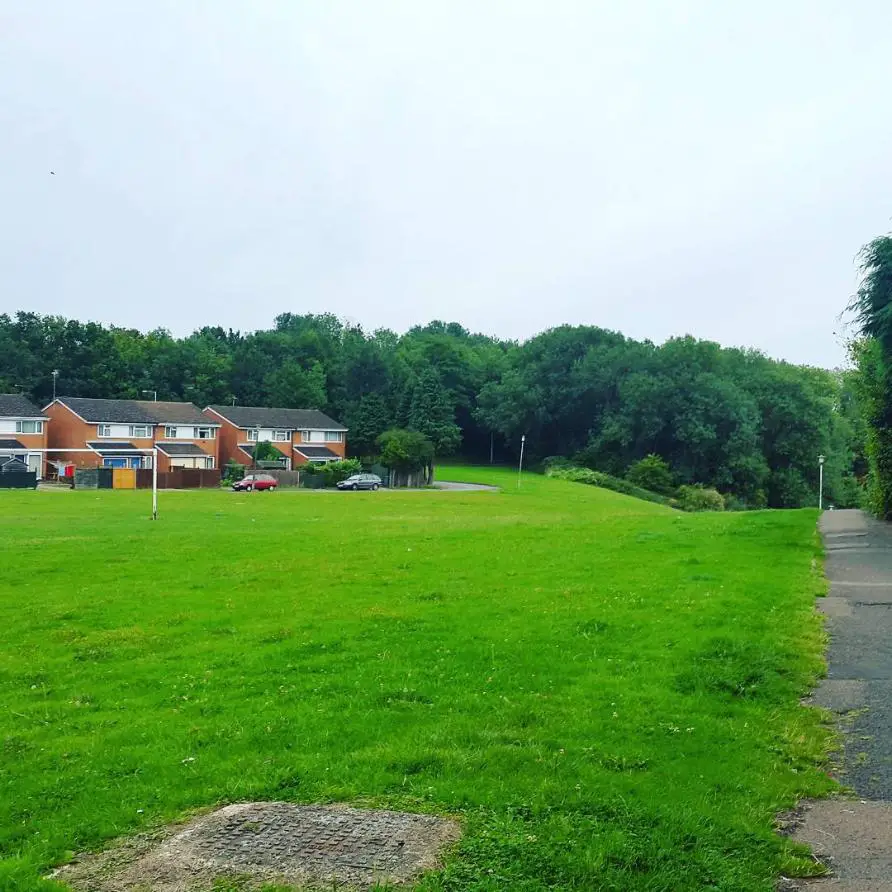
The protest, which took place recently, highlights the growing tension between urban development needs and the preservation of community green spaces. As cities grapple with land scarcity, the allotments in Caversham have become a focal point for a larger debate on urban planning and quality of life.
This story underscores the passionate connection many residents, especially the younger generation, have with these plots of land. It also raises questions about the balance between providing essential services, such as burial grounds, and maintaining spaces that contribute to community well-being and environmental health.
Children Take the Lead in Protest

The Henley Road allotments in Caversham became the site of a passionate protest as children and plot holders united to voice their opposition to plans that could see the cherished green space transformed into a burial ground. The demonstration highlighted the deep connection many local residents, particularly the younger generation, have with these community gardens.
Among the young protesters were Anya Crewe, Annabella Diaz, Melissa Crewe, and Leonie Davies Sinclair, whose presence at the event underscored the intergenerational appeal of the allotments. Their participation sends a powerful message about the importance of preserving green spaces for future generations.
The Allotments' Significance to the Community
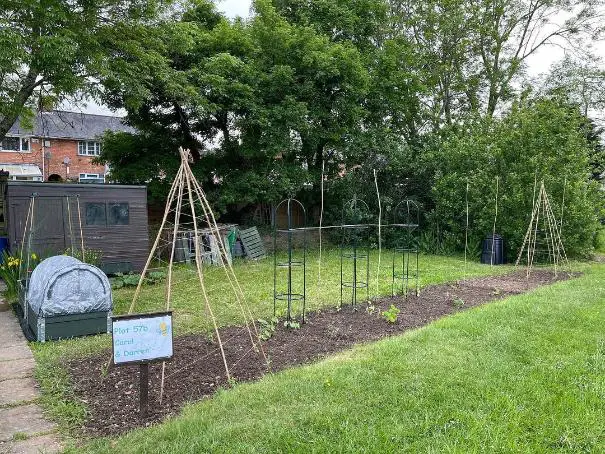
The Henley Road allotments have long been a vital part of Caversham's community fabric. These plots of land offer local gardeners a space to cultivate their own produce, connect with nature, and engage in a sustainable lifestyle. For many, the allotments represent more than just a place to grow vegetables; they are a sanctuary for biodiversity, a social hub, and an important educational resource for children to learn about food production and environmental stewardship.
The potential loss of these allotments strikes at the heart of community well-being, threatening to remove a space that contributes significantly to both physical and mental health. Gardening has been widely recognized for its therapeutic benefits, and the allotments provide an accessible outlet for these activities within an urban setting.
The Dilemma of Urban Land Use
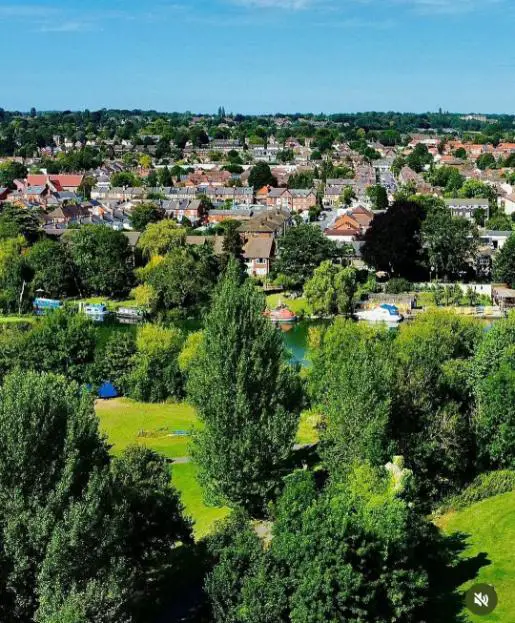
The proposal to repurpose the allotments as burial space brings to light the complex challenges faced by urban planners and local authorities. As cities grow and evolve, the demand for land for various essential services, including burial grounds, increases. This situation in Caversham exemplifies the difficult decisions that must be made when balancing different community needs.
The potential conversion of the allotments into a burial ground raises questions about long-term land use planning and the prioritization of different types of community spaces. It also highlights the need for creative solutions that can address multiple community needs without sacrificing valuable green areas.
Community Response and Future Implications
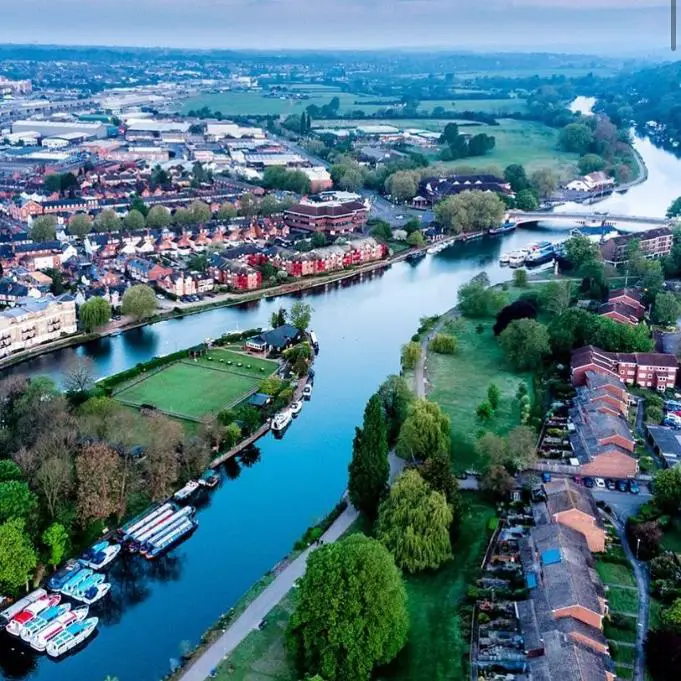
The protest at the Henley Road allotments serves as a catalyst for broader discussions about urban development, environmental conservation, and community engagement in local decision-making processes. The involvement of children in the protest adds a poignant dimension to the debate, emphasizing the long-term impact of such decisions on future generations.
As the situation unfolds, it will be crucial for local authorities to engage in transparent dialogue with residents, considering alternative solutions that could preserve the allotments while addressing the need for burial space. The outcome of this local issue could set a precedent for how similar conflicts are handled in other communities facing comparable land use dilemmas.
The Power of Youth Activism
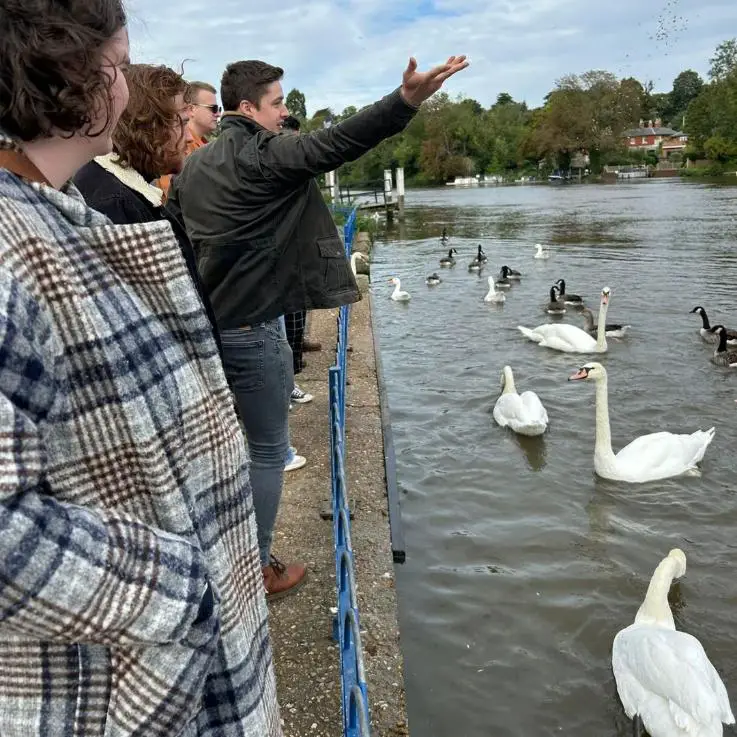
The protest at Henley Road allotments demonstrates the growing influence of youth activism in local issues. By taking a stand to protect their community's green spaces, these children are not only fighting for their immediate interests but also shaping their roles as future civic leaders. Their involvement highlights the importance of environmental education and how it can inspire young people to become active participants in community decision-making.
Balancing Progress and Preservation
The Caversham allotments controversy exemplifies the delicate balance between urban development and the preservation of community assets. As cities evolve, policymakers must navigate the competing demands for land use while considering the long-term impacts on residents' quality of life. This situation calls for innovative approaches to urban planning that can accommodate growth without sacrificing valuable community spaces.
The Role of Green Spaces in Urban Well-being
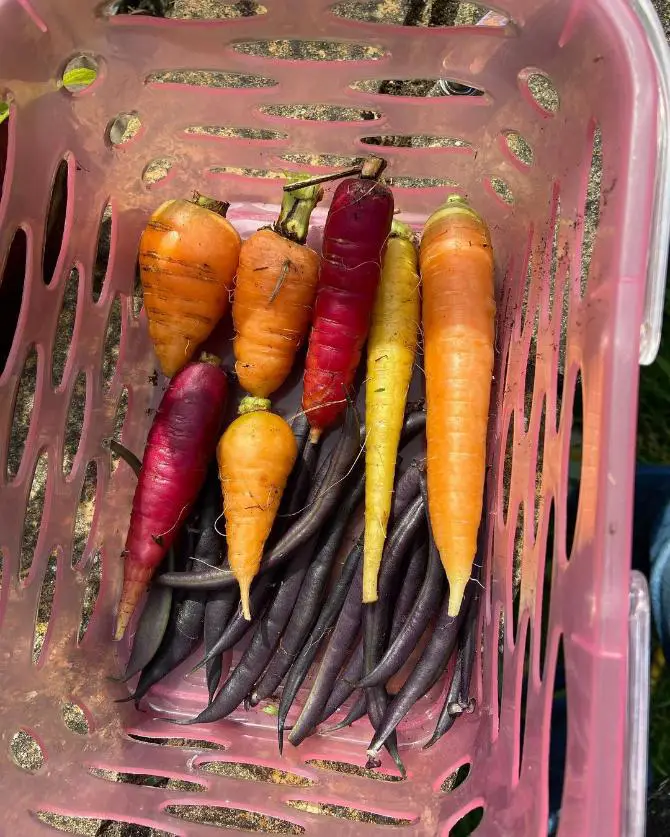
The passionate defense of the Henley Road allotments underscores the vital role that green spaces play in urban environments. Beyond their practical use for gardening, these areas serve as crucial habitats for local wildlife, contribute to air quality improvement, and provide essential spaces for community bonding. The potential loss of such a space raises important questions about how cities can maintain a healthy balance of green areas amidst increasing urbanization.
Fostering Intergenerational Dialogue
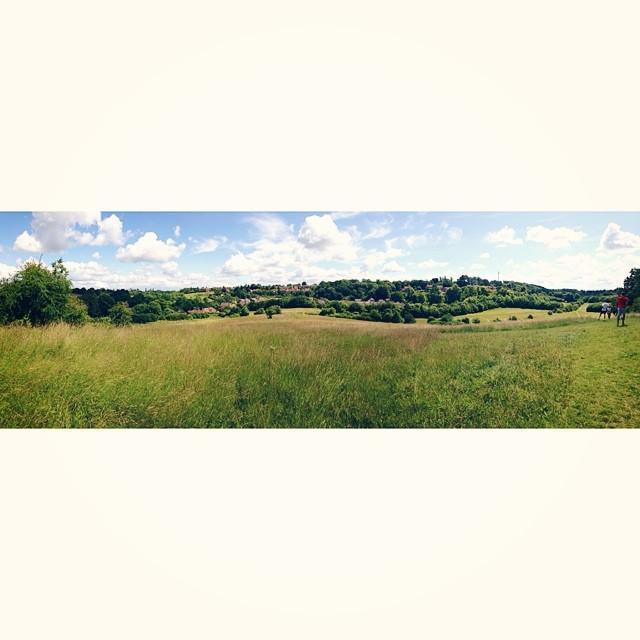
This protest has opened up opportunities for meaningful intergenerational dialogue within the community. By bringing together children and adult plot holders, the movement has created a platform for sharing perspectives across age groups. This collaboration can lead to more comprehensive and inclusive approaches to community planning, ensuring that the needs and aspirations of all generations are considered in future development decisions.
